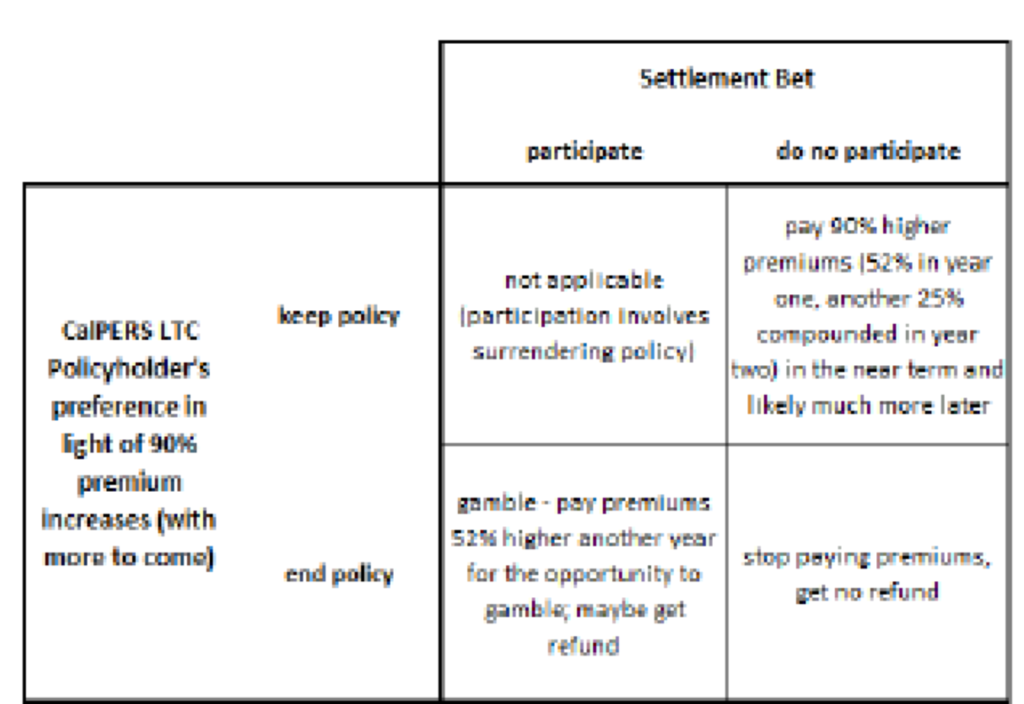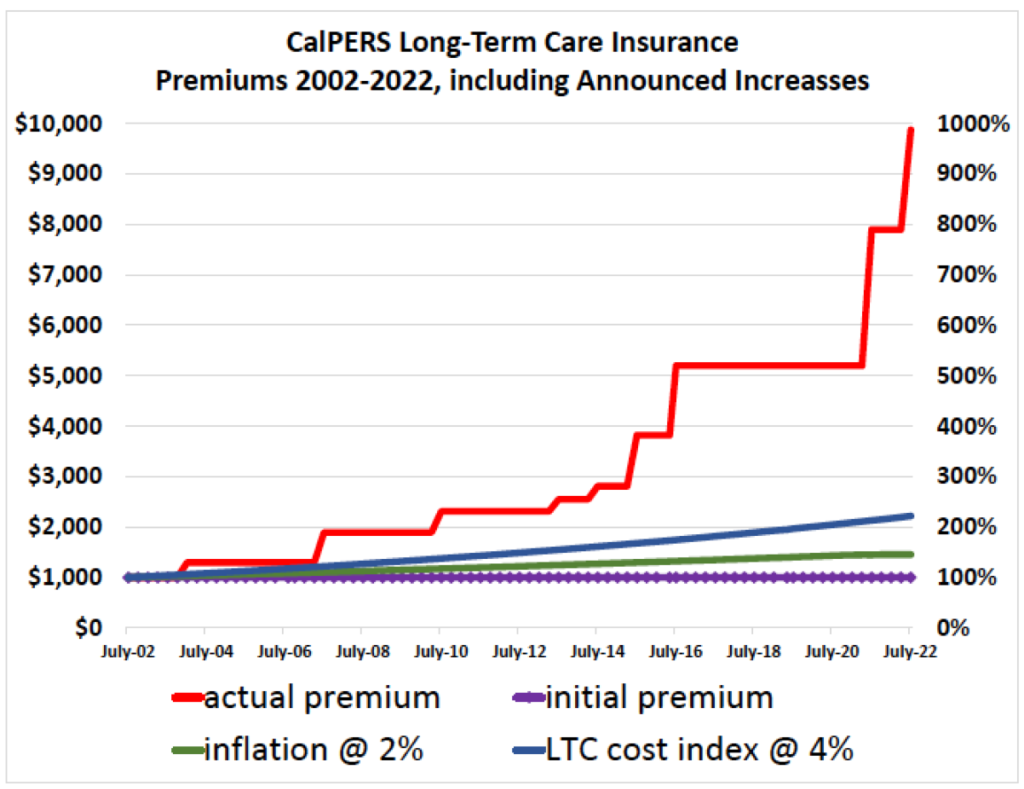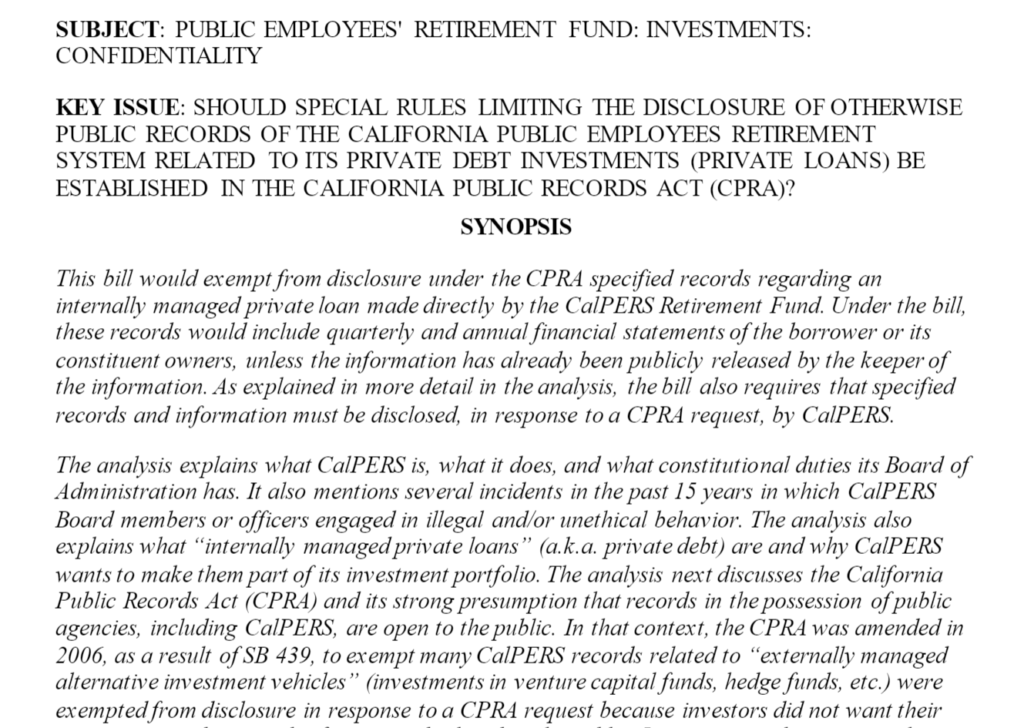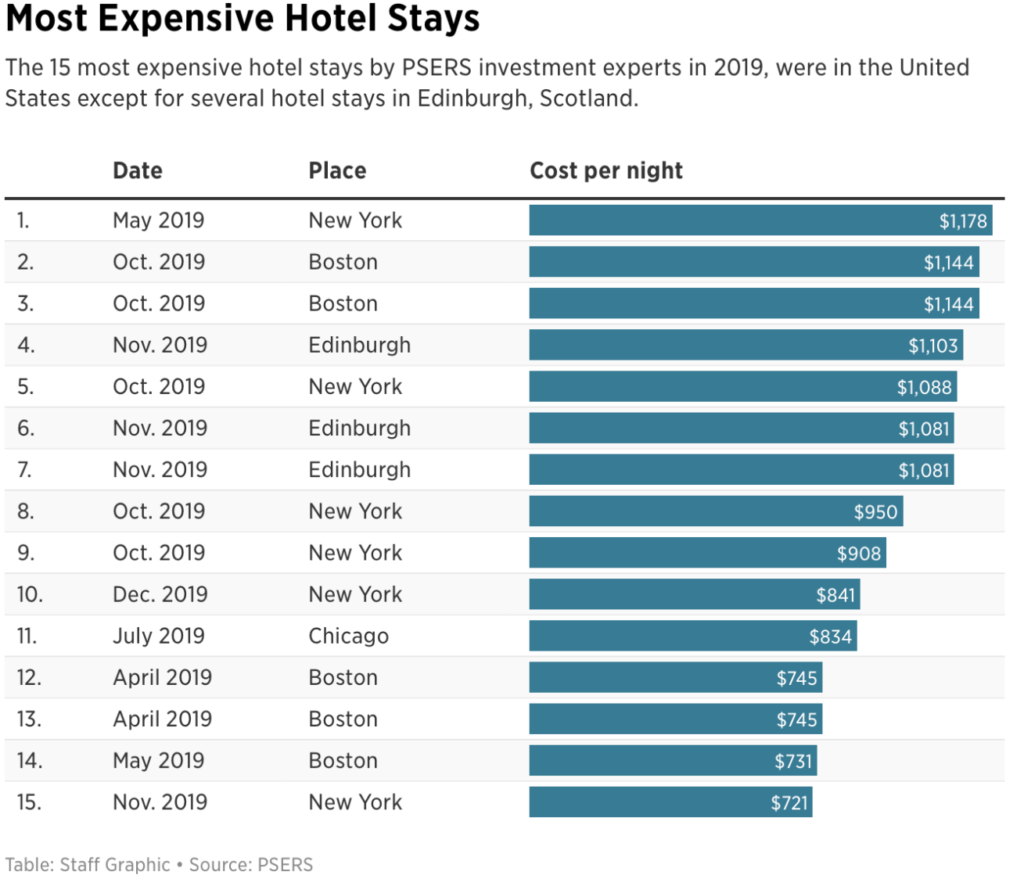Link:https://www.nakedcapitalism.com/2021/10/the-supply-chain-crisis-how-we-got-here.html
Excerpt:
Nevertheless, the motivations for outsourcing IMHO are not properly understood. In the auto business, which is typical of a lot of US industry, direct factory labor cost is 11% to 13% of product cost. The offsets against that are greater supervisory and coordination costs (longer shipping times and financing costs, and with that, greater risk of being stuck with inventories related to products that aren’t selling well) and just plain old screw ups due to having more moving parts.
In other words, outsourcing is better understood as a transfer from factory labor to managers and executives, at the cost of greater operational risk.
Author(s): Yves Smith
Publication Date: 11 Oct 2021
Publication Site: naked capitalism




